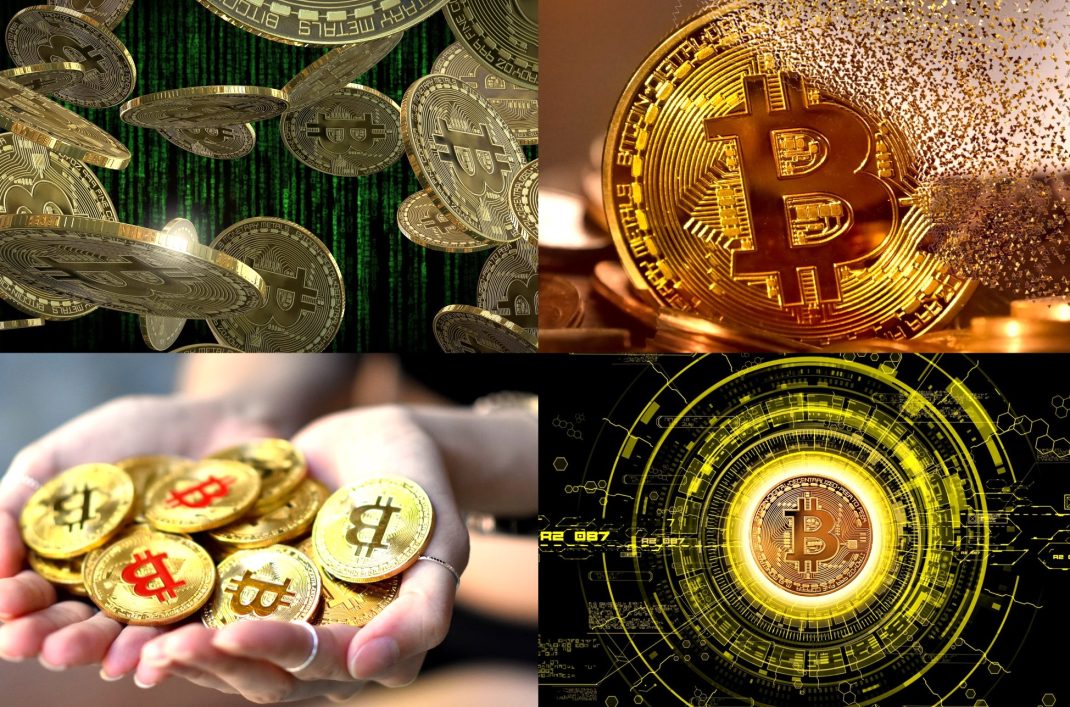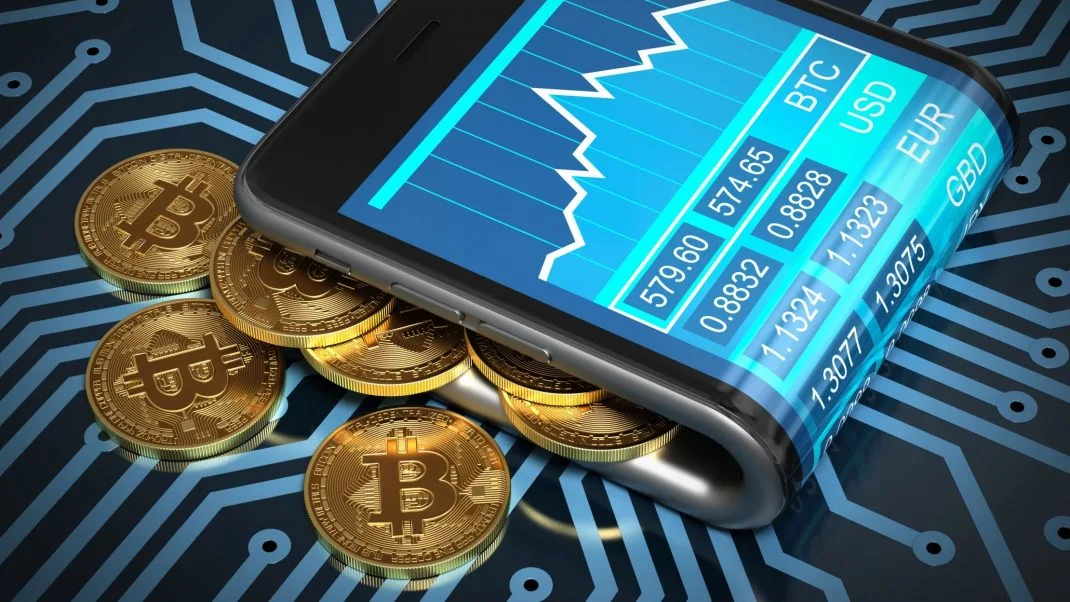In recent years, Bitcoin and other cryptocurrencies have taken center stage in the financial world. Along with this, the interest of politicians and world leaders in cryptocurrencies has been steadily increasing. One of the most notable claims that surfaced recently is that former U.S. President Donald Trump aims to acquire 1 million Bitcoins and make BTC a reserve currency.

Following Donald Trump’s win in the 2024 elections, a new era in the cryptocurrency market is anticipated. Trump’s campaign promise that the U.S. would acquire 1 million Bitcoins and recognize Bitcoin as a reserve currency has stirred significant excitement within the crypto community. This article will explore how realistic these goals are, considering the Senate’s stance, investor behavior, market dynamics, and the role of the Federal Reserve (FED).
Contents
Trump’s Perspective on Cryptocurrencies
Donald Trump’s past statements about cryptocurrencies were generally negative. In a tweet he posted in 2019, he described Bitcoin and other cryptocurrencies as speculative assets lacking any intrinsic value. However, over time, Trump’s involvement in the NFT space has given signals that his perspective on digital assets might be evolving.
Trump’s new goal may stem from a desire to make the U.S. financial system more flexible and prepared for the future. Particularly, the increasing money supply in circulation and rising concerns about inflation are fueling discussions about alternative reserve currencies.
The Idea of Making BTC a Reserve Currency
The idea of adopting Bitcoin as a reserve currency challenges the foundational principles of the traditional financial system. Fiat currencies, such as the U.S. dollar, are preferred as reserve currencies because they can be controlled by central banks and have high liquidity. In contrast, Bitcoin’s decentralized nature and fixed supply make it difficult to control, complicating its adoption as a reserve currency.
However, the idea of using Bitcoin as a reserve asset is not entirely unrealistic. In fact, companies like MicroStrategy and countries like El Salvador have already started holding Bitcoin as a reserve. This indicates that Bitcoin’s role in the financial system is evolving.
– Ethereum (ETH): The Smart Contract Platform
Trump’s Bitcoin Strategy
Trump’s campaign promises included elevating the status of Bitcoin. Specifically, his plan for the U.S. to accept Bitcoin as a strategic reserve asset by purchasing 1 million Bitcoins was highlighted as an ambitious goal. These plans were frequently emphasized by Trump at Bitcoin conferences and in his social media posts.

Realism Evaluation:
- Legal and Political Obstacles:
- Senate’s Stance: The Senate could be split on the issue of recognizing Bitcoin as a reserve currency. While Republican senators like Cynthia Lummis, who are crypto-friendly, might support this plan, others and Democratic senators might oppose such a radical change. Any legislation would likely lead to long and heated debates in Congress.
- Economic and Financial Effects:
- Purchasing 1 million Bitcoins would currently mean spending around $92 billion. This could be a significant financial burden for the U.S. economy. Additionally, such a large acquisition could significantly impact Bitcoin’s market dynamics, potentially driving up its price.
- Market Reaction:
- Investor Behavior: Trump’s announcements have already led to sharp increases in Bitcoin’s price. However, if the U.S. were to make such a purchase, investors might be inclined to sell their BTC, especially if they believe the price has peaked. Alternatively, long-term investors might see this development as an opportunity for Bitcoin to gain even more value.
- Market Surges: With a current circulating supply of about 19.5 million, buying 1 million Bitcoin could cause significant price surges in the market, creating a supply shock that could drive the price up considerably in the short term.
- Global Impact:
- If the U.S. takes this step, it might encourage other countries to adopt similar strategies, fundamentally altering global financial systems and Bitcoin’s economic role.
The Role of the FED and Volatility Control
- FED’s Intervention: The Federal Reserve’s powers to control volatility are more pronounced in traditional financial instruments. However, direct intervention with Bitcoin, which is entirely decentralized, is challenging. The FED can indirectly influence conditions by adjusting interest rates or affecting regulatory policies.
- Managing Volatility: High volatility complicates the FED’s and other regulators’ efforts to maintain market stability. In this context, the FED could mitigate the effects of volatility by providing more liquidity to the market or by tightening crypto regulations. However, directly controlling Bitcoin’s price is not feasible.
Possible Scenarios
- Positive Scenario: If Trump’s goals are realized, Bitcoin’s value might surge to historic highs, positioning it as a safe-haven asset like gold and accelerating mainstream adoption of cryptocurrencies.
- Negative Scenario: If these goals are not achieved or prove unfeasible, it could undermine confidence in Bitcoin, leading to a significant market downturn. Furthermore, failing to fulfill these promises could damage Trump’s political reputation.
– Is an Altcoin Bull Market Approaching
Trump’s Goal of Acquiring 1 Million Bitcoins and Making BTC a Reserve Currency: Is It Realistic?
Trump’s ambition to buy 1 million Bitcoins and make BTC a reserve currency is highly ambitious from technological, economic, and political perspectives. The realization of such objectives would depend on U.S. legal frameworks, economic capacity, the Senate’s position, and global market dynamics. The FED’s role would be more indirect, aimed at ensuring market stability. Whether these goals will come to fruition remains to be seen, but for now, they instill both hope and uncertainty in the crypto market.




